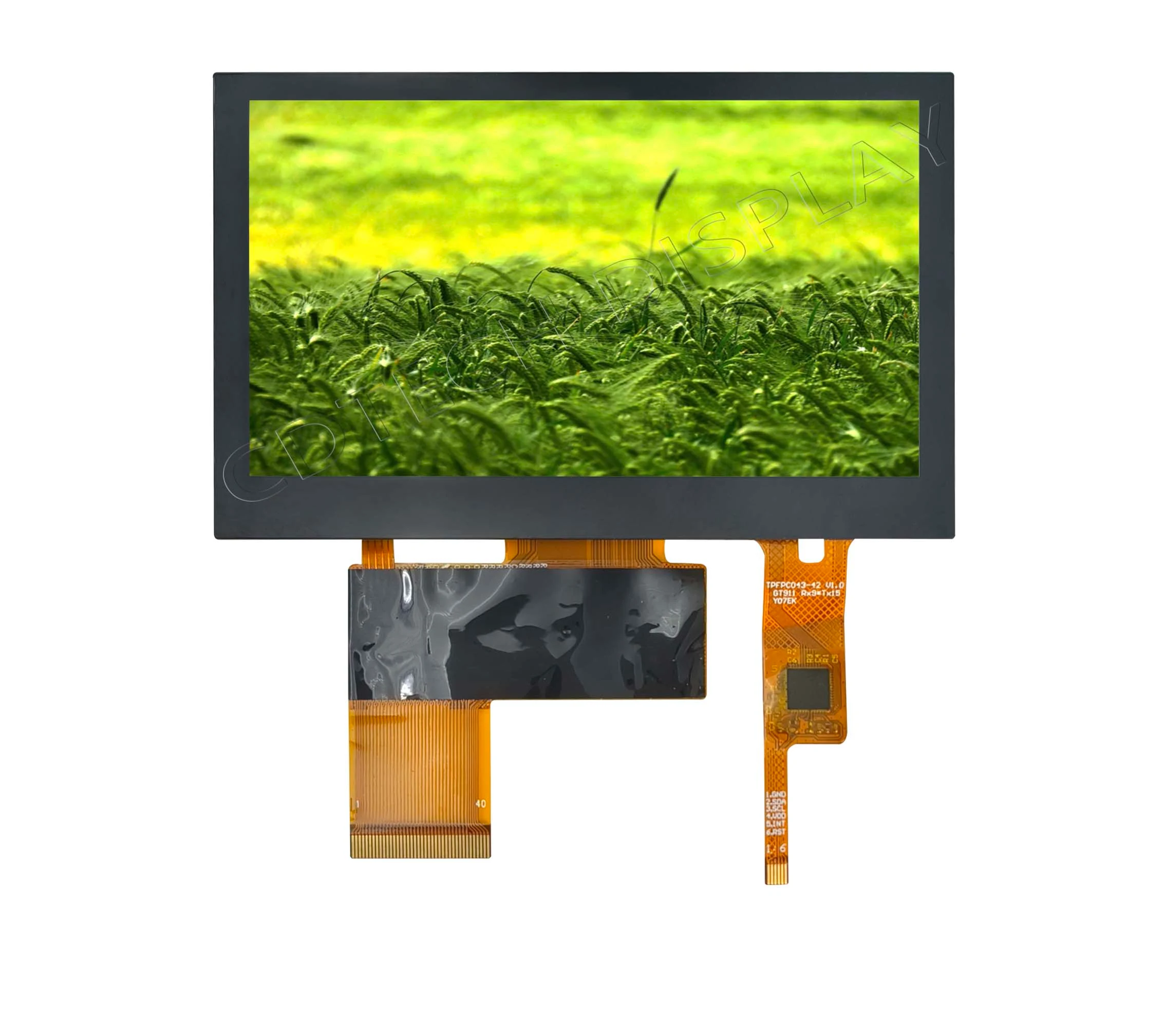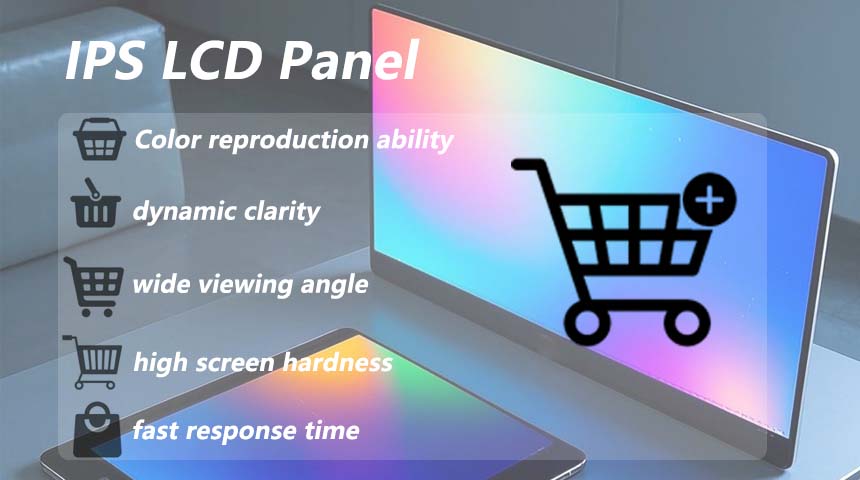Comparing Display Resolutions: Which Offers Superior Visual Clarity?
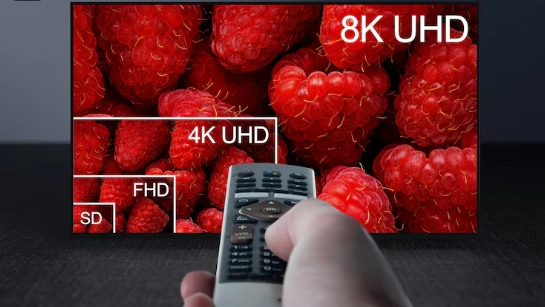
What Is the Difference Between Screen Size and Resolution?
Screen Size: The Physical Measurements
Screen size describes how big a display is. It’s measured from one corner to the opposite corner, usually in inches or centimeters. For example, a 46-inch screen is about 116.84 cm. The size affects how the display looks and works in different places. Big screens are great for home movie setups or work presentations. Smaller ones fit well in devices you hold, like phones or tablets.
CDTech provides ЖК -экраны from 2.4 inches to 15.6 inches. These suit many uses, such as factory machines, medical tools, or car dashboards. Our bar-type displays come in special sizes, like 8.8 inches (1280×320) and 6.5 inches (1024×400). These work well in tight spaces where regular screens don’t fit.
Screen Resolution: The Clearness Factor
Resolution shows how many tiny dots, called pixels, make up the screen’s image. It’s written as width x height, like 1920×1080 pixels. More pixels mean sharper and clearer pictures. This is important for tasks needing detail, such as drawing designs or checking medical scans.
CDTech offers resolutions from 240×320 to 1920×1080. These match different needs for clear images. Our screens also have special features, like anti-glare layers or optical bonding. These help the display stay visible even in bright light.
Comparison of Common Screen Resolutions: 720p, 1080p, 1440p, 2K, 4K
720p (1280×720)
This is called HD, or High Definition. It’s common in basic TVs and monitors. The picture looks okay on small screens. But on bigger ones, it might look fuzzy or blocky.
1080p (1920×1080)
Known as Full HD, this gives clearer images than 720p. It’s used in many TVs, monitors, and laptops. It balances good quality with smooth performance.
1440p (2560×1440)
Called Quad HD or QHD, this has four times more detail than standard HD. Gamers and workers like it for better visuals without costing too much.
2K (2048×1080)
This is mostly for movie projectors. It has a few more pixels across than Full HD. But it’s not as common in everyday devices.
4K (3840×2160)
Also called Ultra HD or UHD, this has four times the pixels of Full HD. It’s super clear and perfect for big screens or tasks like video editing or medical scans.
CDTech’s high-resolution screens deliver great visuals for many industries. We offer resolutions up to Full HD (1920×1080). These are ideal for car displays needing bright, clear images outdoors.
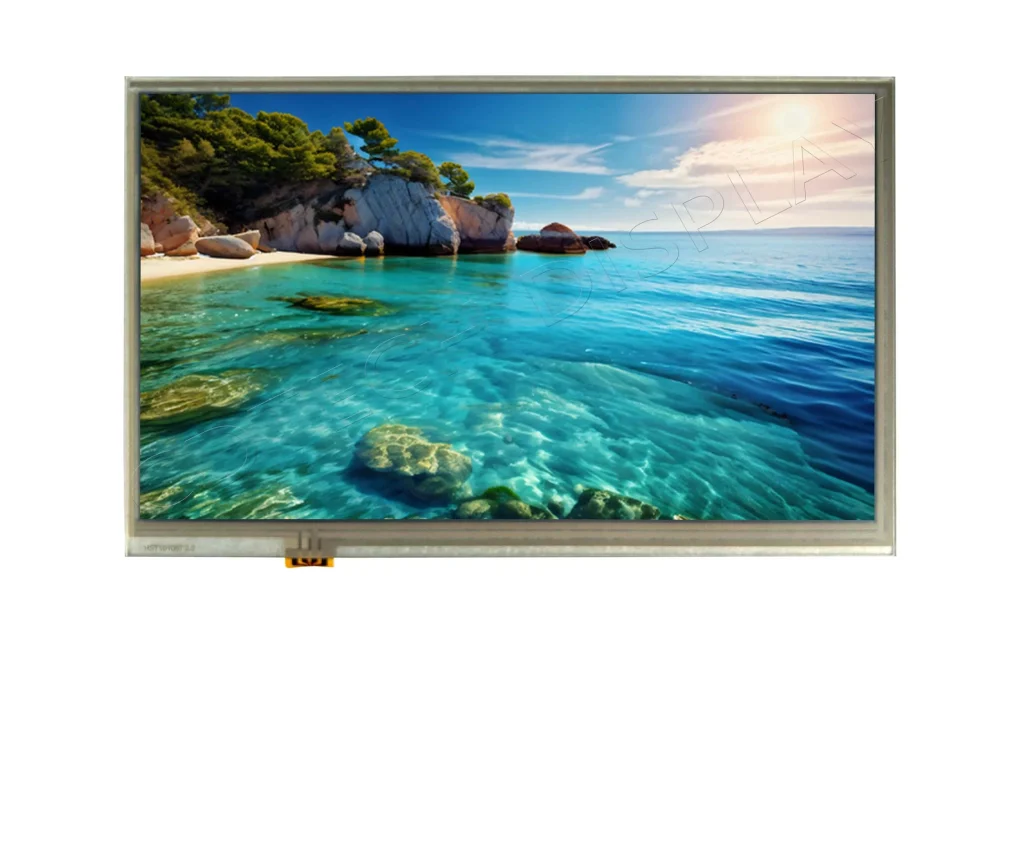
Factors to Think About When Picking a Screen
Clearness and Sharpness
High resolutions are key for detailed tasks, like designing or medical work. But for casual use, like watching shows, lower resolutions might be enough. Think about what you need before choosing.
Fitting In Smoothly
Make sure the screen works well in its setting. For example, CDTech’s bar-type displays fit into small spaces. They still perform well, even in cramped spots.
Creating Content and Flexibility
For people making videos or graphics, higher resolutions like QHD or UHD give better color and detail. This helps create accurate work.
Cost and Growth
Better resolutions often cost more. Check if the extra price is worth it for your needs. Sometimes, a cheaper option works just as well.
How Far You Sit
How close you are to the screen changes how clear it looks. Bigger screens with lower resolutions are fine if you’re far away. Closer up, you might need more pixels.
Do More Pixels Always Mean Better?
Higher Pixels Don’t Always Win
More pixels make images sharper. But other things, like contrast, color, and brightness, also matter for good visuals. Pixels alone don’t tell the whole story.
The Eye Has Limits
After a certain point, extra pixels don’t make a difference. If you’re far from the screen, your eyes can’t see the added detail. It depends on how close you sit.
Balance Size and Pixels
Matching screen size with resolution gives the best experience. This avoids spending too much on pixels you can’t notice.
Cdtech knows how to make displays that fit specific needs. Our screens offer bright visuals or special touch features, like working with gloves or being waterproof.
Why Screen Resolution Matters
Screen resolution decides how clear and detailed images look. It’s the number of pixels across and down, like 1920×1080. More pixels create sharper pictures. This matters for tasks needing precision, such as designing, editing videos, or medical imaging.
CDTech provides resolutions from 240×320 to 1920×1080. These suit industries like cars, medical tools, and factory systems. Our high-resolution screens give great visuals. Features like anti-glare coatings or optical bonding help in tough lighting.
But resolution isn’t everything. Things like brightness, contrast, and color also shape the viewing experience. Plus, human eyes can only see so much detail. Beyond a point, extra pixels don’t add noticeable quality.
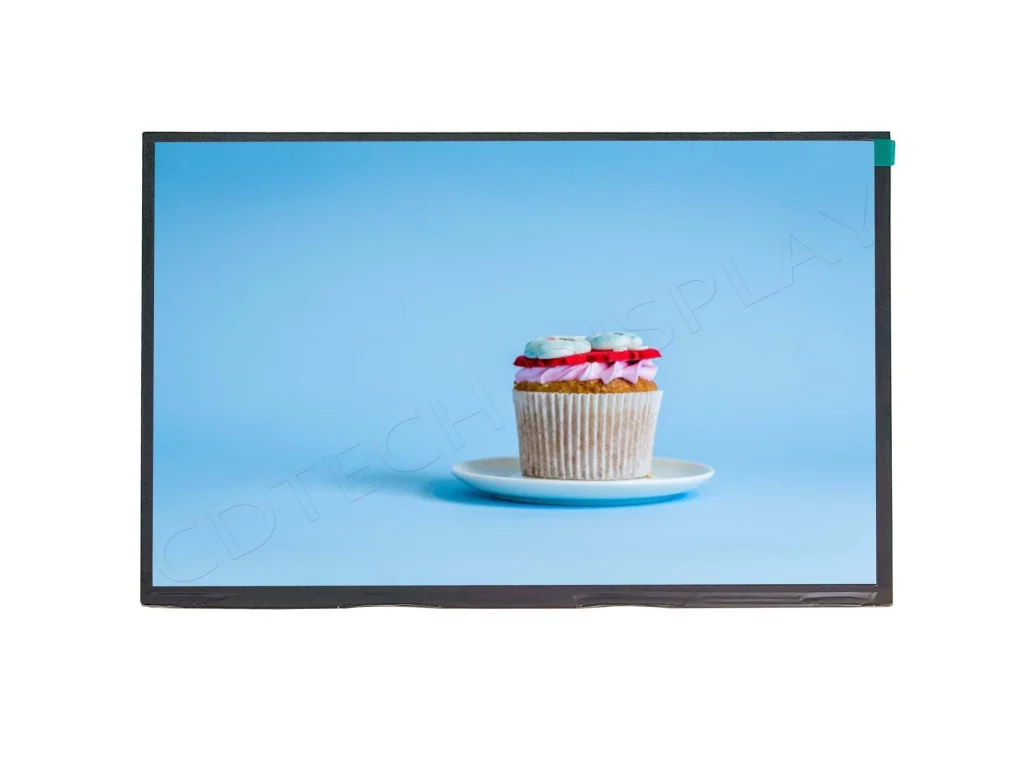
CDTech: Who We Are and What We Offer
Started in 2011, Shenzhen CDTech Electronics makes top-quality TFT LCDs, touch screens, HDMI displays, and more. With over ten years in the business, CDTech is a trusted name for customers worldwide.
CDTech’s screens range from 2.4 inches to 15.6 inches. We support different resolutions for various needs. Our products cover several areas:
Industrial Displays
CDTech’s industrial LCDs are built to last. They’re stable, bright, and work in extreme heat or cold. These are used in factory controls and computer interfaces.
Vehicle Displays
Made for car dashboards and navigation, these screens are bright and clear, even outside. They have wide viewing angles and resist damage well. CDTech also customizes designs for flexibility.
Medical Displays
Medical tools need precise, tough screens. CDTech offers explosion-proof films, anti-glare layers, and custom backlights to meet these demands.
Smart Home Displays
For smart devices like fridges or ovens, CDTech’s bar-type TFT LCDs fit small spaces. They keep good visuals and functionality in unique sizes.
Custom Options
CDTech shines in making tailored screens. They add touch panels, adjust backlights, or change layouts to fit what clients want.
With certifications like ISO9001 and IATF16949, CDTech meets high-quality standards. Our unique tech, like bar-type display cutting, shows our focus on new ideas.
Часто задаваемые вопросы
Q: Which display resolution is the best?
A: The “best” depends on what you need. For everyday use on medium screens, Full HD (1920×1080) gives sharp visuals without using too much power. For pro tasks like video editing or medical scans, Ultra HD (3840×2160) is clearer.
Q: How to compare screen resolutions?
A: To check resolutions:
- Look at pixel density (PPI).
- Think about the task; detailed work needs higher pixels.
- Consider screen size; big screens need more pixels.
- Check extras like contrast or brightness. CDTech’s resolutions fit many uses.
Q: What are the top 5 screen resolutions?
- 720p (1280×720): Good for basic TVs.
- 1080p (1920×1080): Great for mid-range devices.
- 1440p (2560×1440): Loved by gamers for clear visuals.
- 2K (2048×1080): Used in movie projectors.
- 4K (3840×2160): Super clear for big screens.
Q: Is higher resolution clearer?
A: Yes, more pixels make sharper images. But how far you sit and the screen size also affects clearness.
Q: What is the best quality display type?
A: OLED screens are top-notch. They make their light, giving great contrast and bright colors. QLEDs are brighter, while LD tech is great for big, colorful displays.
Q: Which resolution is best for the eyes?
A: Resolutions that reduce eye strain depend on viewing distance. Full HD or QHD is good for medium screens at normal distances. Anti-glare coatings help eyes feel better.

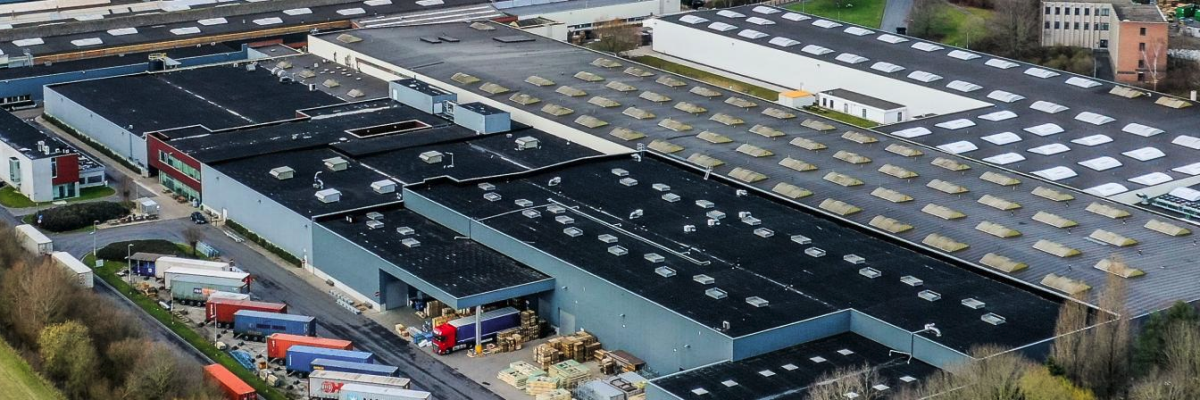
 2025-06-13
2025-06-13  11:50
11:50 